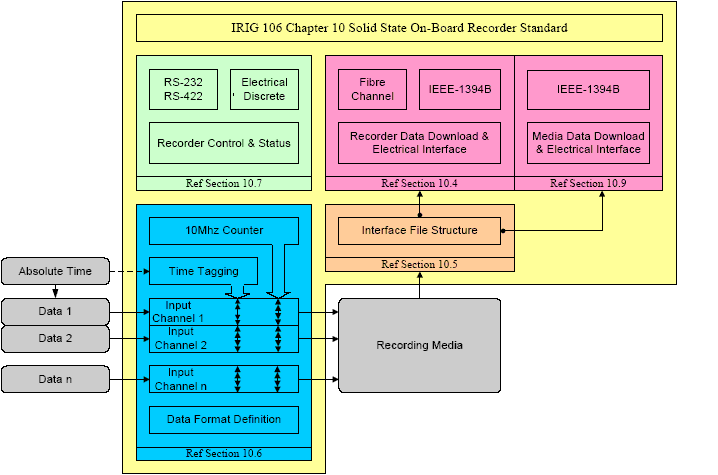
Figure 10-1. Functional layout of standard.
10.1 General
A large number of unique and proprietary data structures have been developed lately for specific data recording applications that require unique decoding software programs. Writing unique decoding software, checking the software for accuracy, and decoding the data tapes is extremely time consuming and costly. In addition, in the late 90s the test ranges started to see the implementation of non-tape-based, high-data-rate recorders. The most predominate of these recorders were solid-state memory devices. As high-data-rate digital recorders were fielded, with solid state on the horizon, the Telemetry Group (TG) formed an ad hoc committee for a computer-compatible digital data acquisition standard.
There is a need for a digital data acquisition and on-board recorder standard (see the functional layout at Figure 10-1) that supports a broad range of requirements, including:
Specifically, this digital on-board recorder standard shall be compatible with the multiplexing of both synchronous and asynchronous digital inputs such as pulse code modulation (PCM) and MIL-STD-1553 data bus, time, analog, video, ARINC 429, discrete and RS-232/422 communication data. This digital on-board recorder standard will allow use of a common set of playback/data reduction software to take advantage of emerging random access recording media.
10.1.1 Interface Levels.
The purpose of this chapter is to establish a common interface standard for the implementation of digital data acquisition and on-board recording systems by the organizations participating in the Range Commanders Council (RCC). This standard does not imply hardware architecture such as the coupling of data acquisition, multiplexing, and media storage. Five interface levels are contained in this standard (see a through e below). In addition, declassification requirements are discussed in section 10.8.

Irig106.org Home